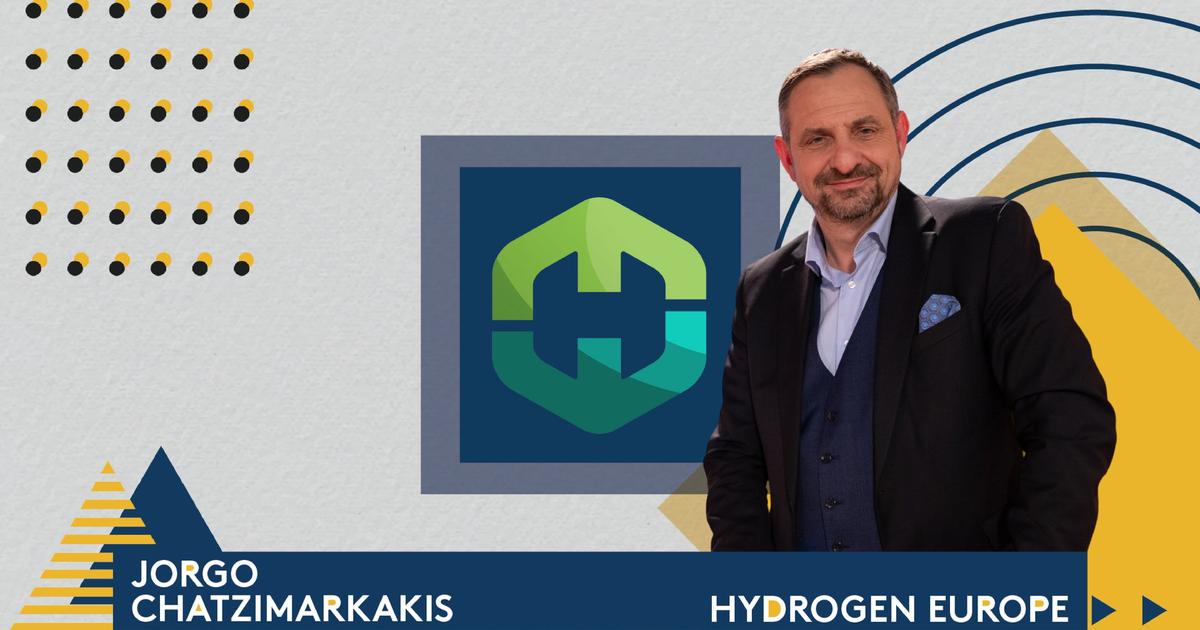Note to readers: EL PAÍS offers the Future Planet section for its daily and global information contribution on the 2030 Agenda. If you want to support our journalism,
subscribe here.
In recent years, there is more and more talk about the hydrogen economy, which proposes the massive use of hydrogen in mobility, industry and as an energy storage system, and that it be produced in an environmentally friendly way, so that contribute to a significant reduction in greenhouse gas emissions.
More information
Time for green hydrogen
Hydrogen becomes the main bet of electricity companies in European funds
The promise of hydrogen comes in fine print
There are numerous hydrogen development projects presented in Spain and Europe, with significant financial investments, but is the hydrogen economy really viable?
Hydrogen is not a source of energy, since on Earth it is not in a free state but rather combined to form different types of molecules, such as water or methane.
It is, therefore, an energy vector, a carrier to store energy that we can use at another time or place.
For its generation there are several processes, among which the reforming of natural gas generating carbon dioxide (CO₂), the most used at present, and the decomposition of water by electrolysis, using electricity and water, stand out.
If the electricity comes from renewable sources, it is an environmentally friendly process, as it does not generate CO₂, although it is low in efficiency and more expensive than natural gas reforming.
Depending on the generation and treatment of CO₂, three types of hydrogen can be distinguished:
Brown hydrogen (also called gray): in its production CO en is generated without its capture.
It is the most frequent.
Blue hydrogen: CO₂ is generated which is subsequently captured and stored in the long term.
Green hydrogen: Produced by electrolysis of water using electricity from renewable sources.
Hydrogen offers numerous advantages: a high energy density, its combustion only produces water, it can be injected up to 2% in the natural gas transport networks and with investments in the network it could reach up to 10%, it allows to store energy in moments of excess renewable production, mobility allows much greater powers and autonomies and will contribute to the decarbonization and energy independence of our economy.
One drawback is that hydrogen is not present freely in nature, but must be obtained from natural resources
However, it also has significant drawbacks.
The main one is that it is not present freely in nature, but must be obtained from natural resources, such as water, with significant energy consumption, very low efficiency and high cost, or from natural gas, generating CO₂ that would have to be captured and stored.
Another problem is its gaseous nature, so that in order to have a large amount of energy available it is necessary to store it at high pressures, on the order of 750 bar, equivalent to about 740 times atmospheric pressure.
In addition, the hydrogen molecule tends to leak from tanks and pipes very easily, causing losses that can reach 3% per day, which could require improving safety and ventilation systems, and causes brittleness on the steel of the pipes and tanks.
Two of the drawbacks outlined are especially noteworthy, the availability of electricity from renewable sources and the availability of water.
With the objective set by the Government of Spain for the year 2030, which foresees the installation of electrolyzers with a total power of 4 GW, approximately 12 million cubic meters of water per year (12,000 million liters) would be required, which is equivalent to to the consumption of 245,000 Spaniards and 13,000 hectares of land for solar gardens exclusively dedicated.
With the forecast of large-scale deployment of hydrogen for the year 2050, the necessary resource needs would multiply.
Both renewable energy and water can be two very limiting factors in the development of the hydrogen economy
Do we have enough water and land in Spain to meet this demand?
Therefore both renewable energy and water can be two very limiting factors in the development of the hydrogen economy. In Germany it seems that they have realized this problem, so they have raised the possibility of building a third Inga hydroelectric plant, on the Congo River in the Democratic Republic of the Congo, which with 44 Gw of power would be the largest in the world , with the aim of generating electricity to use it to produce hydrogen that, once liquefied, would be transported to Germany. This project would cause serious damage to an extensive ecosystem of great wealth and would flood the homes and livelihoods of tens of thousands of people to generate a so-called green hydrogen.
There are many advantages that it offers and, above all, it will offer, but before launching a hydrogen development strategy and investing millions of euros, we have to consider the disadvantages and analyze if we have the necessary resources to achieve the planned objectives.
Hydrogen is not a source of energy, it is an energy vector, a medium where, in exchange for a fairly low efficiency, we can store energy to use it at another time and place, but we need to have scarce resources for its production.
It will have its time and its space, not in the short term, in a multi-energy environment, in applications that are difficult to decarbonize;
Major investments in research and in the creation of an important production and distribution network will be necessary, but it will not be the solution to our energy problems and, above all, we must prevent it from becoming a future source of problems.
David Valle Rodríguez
is an Industrial Engineer, graduated in Business Administration and Management and former General Director of Industry, Energy and Mines of the Community of Madrid
FUTURE PLANET can follow on
,
and
, and subscribe
here
to our 'newsletter'
.















/cloudfront-eu-central-1.images.arcpublishing.com/prisa/GP2ZXWJRROQQUNBAGJPH3WIOVQ.jpg)